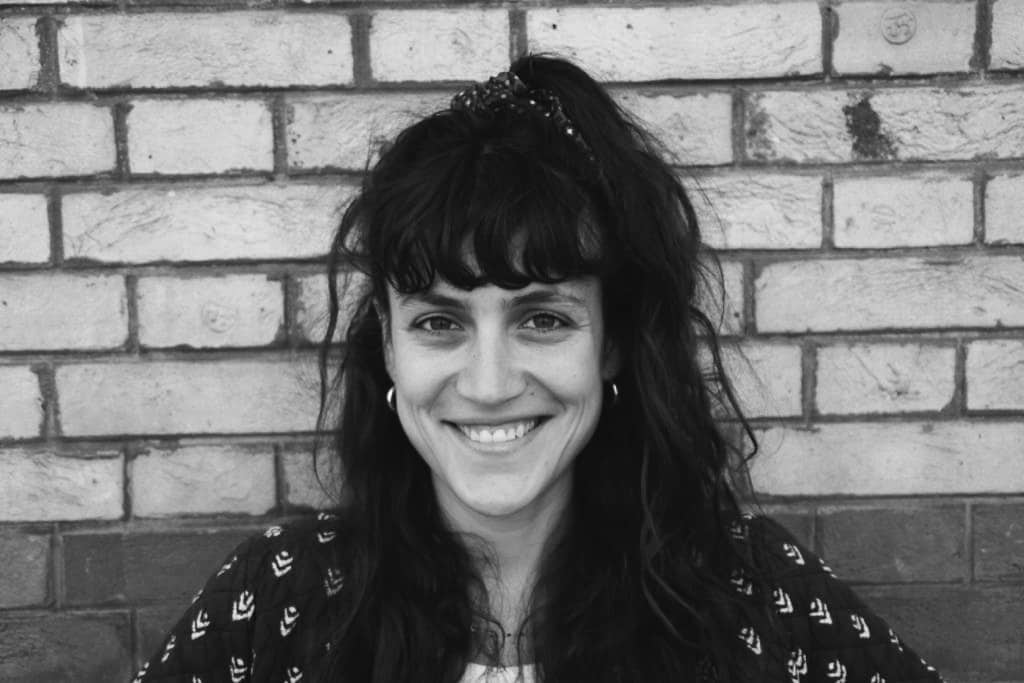Traveling showmen, the mentally ill, drug addicts, prostitutes: photographer Mary Ellen Mark (1940–2015) devoted most of her career to capturing lives on the margins of society. With Encounters (Espace Van Gogh), the 55th edition of Les Rencontres d’...



